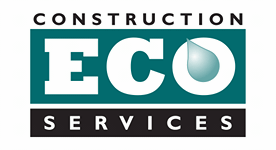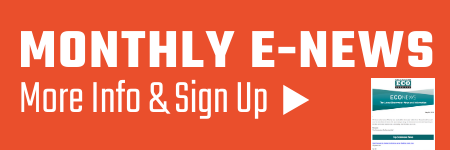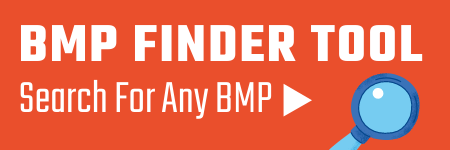Construction Project Start-Up Compliance FAQ’s
We are excited to announce that in 2014, we will be re-implementing our stormwater education cards. Our broad stormwater experience provides us with the ability to share a vast amount of knowledge to provide developers, general contractors and subcontractors, engineers, property owners and managers with key information to keep on hand, helping navigate the complex stormwater compliance environment
We hope that you will find the information useful and view us as your go-to Stormwater Specialists.
To kick off the program, our SWPPP Team of CES has compiled a list of frequently asked questions to help with questions you may be facing with your construction project start up compliance requirements.
Compliance enforcement in Texas is managed by the Texas Commission on Environmental Quality (TCEQ) under the Texas General Permit and enforced by local counties and municipalities through the MS4 permitting system. Since 2006, even small municipalities in urbanized areas like the greater Houston area, are charged with enforcing these regulations.
Project Start-up Compliance FAQ’s
Q. Are we required to have a SWPPP narrative in place before an NOI is submitted?
A. Yes, when an NOI is submitted, the permittee is certifying that a SWPPP is developed and has been implemented prior to construction.
Q. What documents are required in order to create a SWPPP narrative?
A. Civil Drawing Set, Geotechnical Report, and a Request for Information (RFI). Signed permitting documents are added to the completed SWPPP narrative once they are filed.
Q. When installing BMP’s onsite, are we required to install exactly what is specified on the civil plans?
A. No, the Texas General Permit allows the site Operator to make decisions about what BMPs are actually used and where they are used. Often that means deviating from what was specified on the civil drawings. The Operator’s obligation is to make decisions that produce the desired results, and to document them.
Q. What is the key difference between a Primary Operator and a Secondary Operator?
A. A Primary Operator – entity with day to day operational control over plans and construction; the operator required to ensure compliance with a SWPPP. A Secondary Operator – entity whose operational control is limited to the employment of other operators, or the ability to approve/disapprove changes to plans.
Q. What posting requirements does the Primary Operator have?
A. Large Site: Area disturbed > 5 acres – Notice of Intent (NOI) copy, Permit copy, Construction Site Notice (CSN) Note: If the area to be disturbed is less than 5 acres, but part of a larger plan of common development, follow the posting guidelines for a Large Site.
Small Site: Area disturbed <5 acres – Signed Construction Site Notice (CSN). Postings must be on a sign purpose- specific to the SWPPP.
Q. Does the Secondary Operator have posting requirements also?
A. Yes, the Secondary Operator (typically the Owner) is also required to post a signed Construction Site Notice. In cases where the property requires a Stormwater Quality Management Plan, the owner is also required to post their Stormwater Quality Permit.
Remember that only an officer of the company is eligible to sign Permitting Documents (Notice of Intent or Construction Site Notice) – this pertains to both Primary and Secondary Operators.
Given the changing nuances of enforcement, the growing tangle of overlapping enforcement agencies and the stiff consequences for non-compliance, our SWPPP services business exists to serve construction activity Operators and Owners by implementing a set of compliance services that cover all facets of SWPPP compliance
In short, we offer complete, turnkey SWPPP compliance assurance. It’s simple. No major commitment involved, just a project-by-project, performance-based relationship that will save you time and money.











